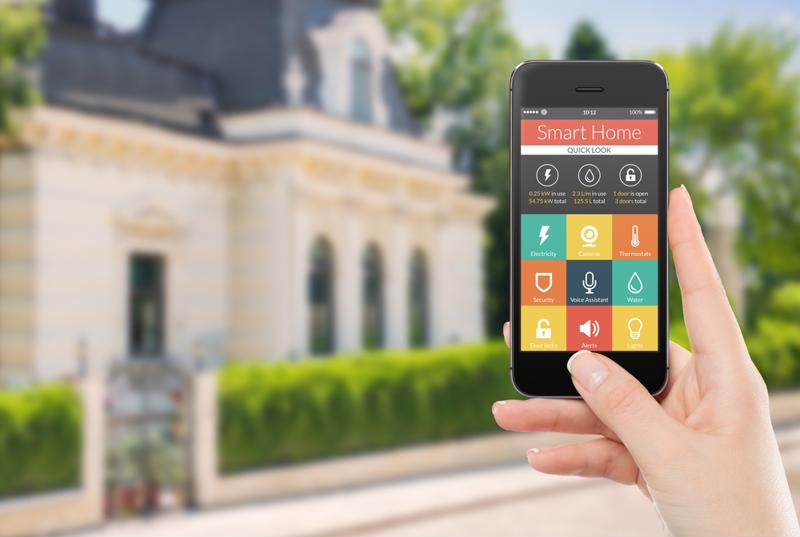
How Far Can Building Automation Take Us?
By Max BurkhalterDecember 1, 2022
It's been over 20 years since the turn of the century and, at first thought, we may not grasp how much technology has advanced in such a short time. With the support of the growing internet of things (IoT), even buildings (our homes, offices, hotels and more) are wired up with technology. Building automation has expanded far beyond Google and Amazon's home assistants.
The demand for automation has been on the rise in recent years. More and more companies are looking for ways to automate their processes to increase efficiency. This trend has not gone unnoticed by large corporations expanding their automation efforts to include more applications than we could have ever imagined. But just how far can building automation actually take us?
Commercial automation could be the ticket
Automation, driven by IoT devices, has grown exponentially popular among general consumers, with functions such as movement sensors integrated into home surveillance systems. The smart home market has begun to make an impact on the commercial market in recent years. For example, heating, ventilation and air conditioning (HVAC) systems are currently being automated through building-wide systems to turn the heat on, off or to a specific temperature when in use. Not only is this saving large companies hundreds of dollars on utility bills, but it also provides excellent energy efficiency measures that help businesses meet consumers' expectations around sustainability.
It's important to note that building automation isn't limited to HVAC and lighting control. It also includes using sensors, cameras and other devices to monitor energy usage and detect any anomalies in the system.

What's preventing building automation from being more widely used by enterprises?
Building automation, in the form of building management systems, has been around for some time. But there are still many hurdles that have to be overcome before it will see widespread adoption.
The first challenge is the cost of installation and integration. The second is that building automation systems are not as easy to use as they should be, which leads to user frustration. While these systems are often more expensive than people anticipate, they also provide a variety of benefits over traditional building management systems that make them worth the investment for large companies. This includes those with multiple facilities. And, as the tech becomes more mainstream, it will likely become more affordable to weave into their infrastructure. No matter how tight your budget is.
What should we expect?
Now, these building automation systems are the backbone of any modern building. According to Straits Research, in 2021, the building automation and control market was valued at $130 billion. And, it's expected to grow at a CAGR of about 11.3%, reaching $340 million by 2030. There's no doubt that we can expect to see a plethora of intelligent electronics taking over (not in the science fiction movie sense, though) within the next decade.
Perle is proud to partner with IoT device manufacturers by offering serial to ethernet solutions. For more information, reach out for a conversation with a team member today!



